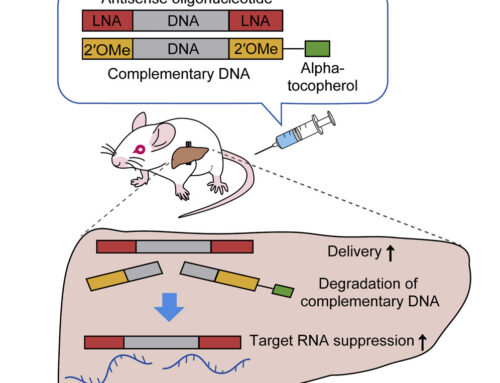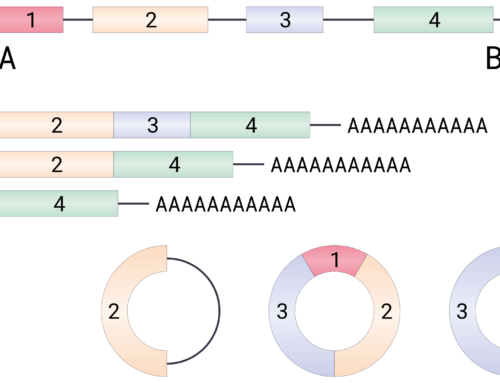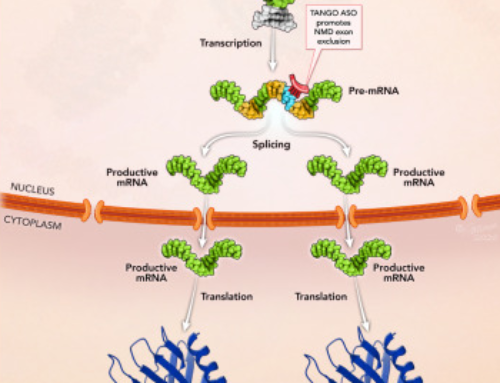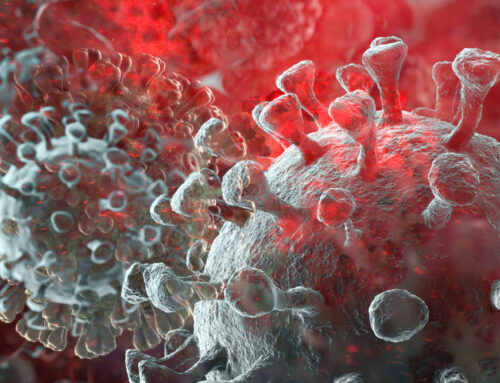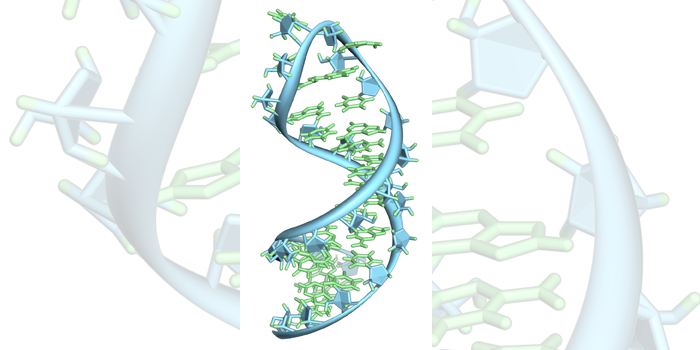

October 2020 Paper of the Month
A MicroRNA Linking Human Positive Selection and Metabolic Disorders
Wang L, Sinnott-Armstrong N, Wagschal A, Wark AR, Camporez JP, Perry RJ, Ji F, Sohn Y, Oh J, Wu S, Chery J, Moud BN, Saadat A, Dankel SN, Mellgren G, Tallapragada DSP, Strobel SM, Lee MJ, Tewhey R, Sabeti PC, Schaefer A, Petri A, Kauppinen S, Chung RT, Soukas A, Avruch J, Fried SK, Hauner H, Sadreyev RI, Shulman GI, Claussnitzer M, Näär AM.
First Author

Dr. Lifeng Yang
Senior Author

Prof. Anders M. Näär
The chromosomal 2q21.3 locus has undergone positive selection in the last 5000 years in Europeans and this has long been attributed to the presence of the lactase gene. Its product allows digestion of milk in infants, but due to the rs4988235 SNP most Europeans retain the ability to digest milk into adulthood supposedly enabling survival during famines.
For more detail on the lactase gene selection pressure, please see this short film:
However, the 2q21.3 locus is also associated with increased fat storage when food is abundant, which in turn is linked to obesity and type 2 diabetes (T2D). Previous work demonstrated that the miR-128-1 present in the 2q21.3 locus is a regulator of circulating cholesterol levels in mice. Wang, Sinnott-Armstrong and colleagues now show that the European 2q21.3 haplotype is associated with enhanced chromatin accessibility that results in increased expression of miR-128-1 and other genes at the locus via changes in epigenetic regulation.
Treatment of male C57BL/6J mice on a high-fat diet with a LNA-modified anti-miR (16x weekly 10 mg/kg) significantly reduced miR-128-1 levels, circulating triglyceride and cholesterol levels as well as weight gain and fat accumulation. Treatment also decreased inflammation in white adipose tissue and liver. Additionally, anti-miR therapy improved glucose metabolism and insulin sensitivity in these mice and increased energy expenditure. Similar results were seen in the leptin-deficient ob/ob obesity mouse model and miR-128-1 KO mice. The authors further demonstrated that miR-128-1 modulates white adipose cell function and differentiation and loss of miR-128-1 increased brown adipose tissue maturation and energy expenditure in several cell culture models.
From these results, the authors conclude that “A thrifty phenotype connected to miR-128-1-dependent energy storage may link ancient adaptation to famine and modern metabolic maladaptation associated with nutritional overabundance.”
Why you should read it
The microRNA miR-128-1 is a potential therapeutic target for the treatment of obesity, type 2 diabetes and related metabolic diseases.


